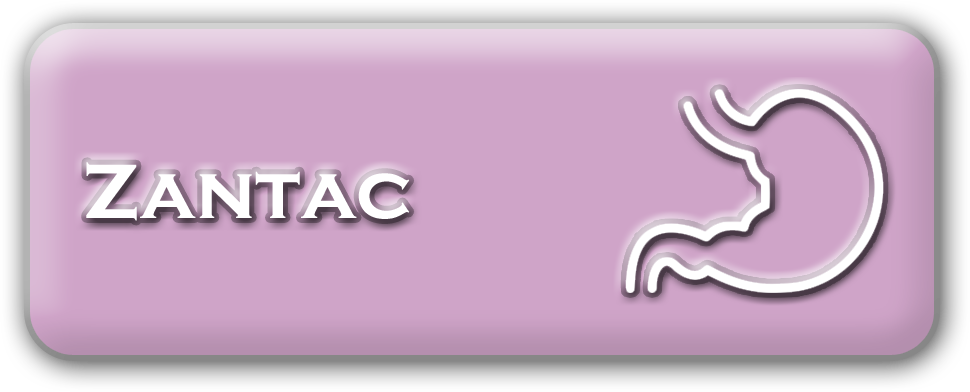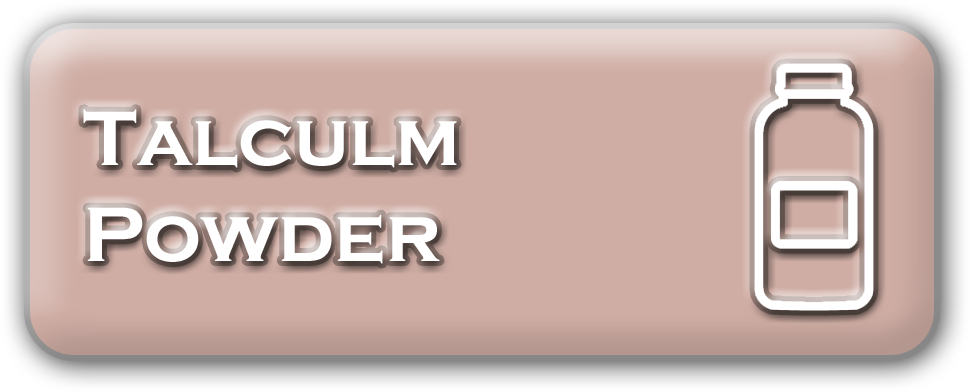Negligence Claims In Car Accident Cases
Most car accident lawsuits are governed by the law of negligence. Negligence is tort, otherwise known as a civil wrong. A person is negligent when he or she fails to exercise the level of care that a reasonably prudent and careful person would exercise under similar circumstances. Negligence can be either an affirmative act or an omission. In other words, a person can be negligent because he or she either did something that a reasonably prudent person would not do under the circumstances, or failed to do something that a reasonably prudent person would have done under the circumstances. Whether a defendant acted negligently in a situation is a question of fact that will be decided by the jury.
In a civil lawsuit, it is the plaintiff’s obligation to prove each element of the tort of negligence to the jury by a preponderance of the evidence. The elements of a negligence claim are duty, breach, causation and damages. To prove these elements, the plaintiff must generally show that the defendant owed a legal “duty” of care to the plaintiff under the circumstances, that the defendant “breached” or failed to perform that duty, that the defendant’s breach “caused” the accident or injury that resulted in the plaintiff suffering “damages.” Every car accident lawsuit is different, and the unique facts of the case will determine the type of evidence that will be required to prove each element of the plaintiff’s negligence cause of action.
In a simple car accident scenario, these elements work together as follows. The defendant was operating his car on public streets and thus owed a legal duty to other drivers to use reasonable care while driving. When the defendant ran a red light at an intersection, he breached that legal duty. The breach of his duty caused him to crash his car into the plaintiff’s vehicle. As a result of this collision, the plaintiff suffered damages in the form of both personal injuries and property damage. If the plaintiff can successfully prove all of these facts, he or she will be entitled to recover compensation from the defendant (usually from the defendant’s insurance company) for the harm suffered.
It is not uncommon for a plaintiff to be partially at fault in a car accident case. Recovery from the defendants is still possible in such cases because California follows the doctrine of “comparative negligence.” Under this doctrine, liability may be divided among all responsible parties according to their relative degree of fault. If a judge or jury finds that the plaintiff is partially liable for his or her own injuries, the damages he or she can recover from the defendants will be reduced proportionally. For example, if the plaintiff is found to be 20 percent liable, he or she may still be entitled to recover the other 80 percent of his or her damages from the defendants.
























